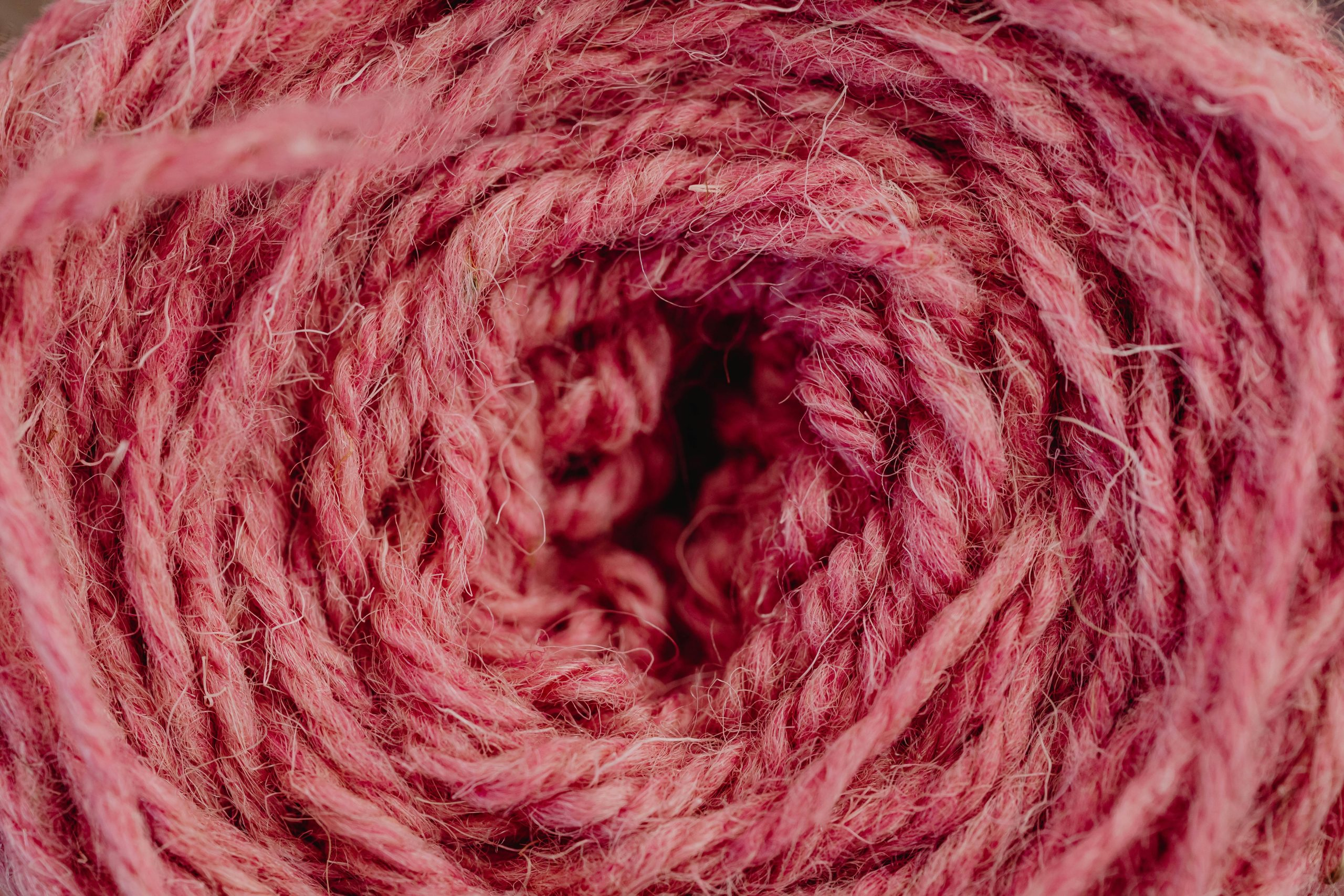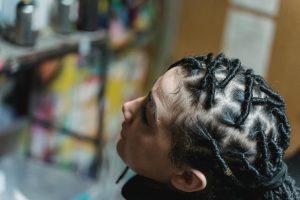Understanding the Art of Draping and Fabric Manipulation
The art of draping and fabric manipulation is a crucial skill for any fashion designer or textile artist. This technique involves the shaping and molding of fabric to create unique and intricate designs. It is a process that requires both technical skill and creativity, as draping and manipulation of fabric can transform a simple piece of fabric into a work of art.
Understanding Draping and Fabric Manipulation
Draping involves the use of fabric on a dress form or mannequin to create garments or designs. It is a method often used in the initial stages of fashion design, as it allows designers to visualize and experiment with various shapes and silhouettes. The process of draping involves pinning, folding, and manipulating fabric directly onto a mannequin, which provides a 3-dimensional form to work on. This technique enables designers to create unique and one-of-a-kind designs that may not be possible with the flat pattern method.
Fabric manipulation, on the other hand, is the art of creating unique surface textures and designs on fabric by folding, pleating, gathering, and other various techniques. This technique is not limited to draping on a mannequin; it can also be done on a flat surface. Fabric manipulation allows designers to add depth, dimension, and interest to their designs, making them stand out from the rest.
The Importance of Draping and Fabric Manipulation in Fashion
The art of draping and fabric manipulation is the backbone of fashion design. It gives designers the freedom to experiment, innovate, and create new designs that push the boundaries of traditional fashion. Draping allows designers to work directly with the fabric, making it easier to see how the fabric behaves and how it can be manipulated to create the desired shape and silhouette. This gives designers more control and precision over their designs, resulting in a better-finished product.
Fabric manipulation, on the other hand, adds textural and visual interest to a design. It allows designers to create unique and eye-catching designs that cannot be achieved with traditional sewing techniques. Fabric manipulation is also a great way to add volume, structure, and movement to a garment, making it more visually appealing and dynamic.
Popular Draping and Fabric Manipulation Techniques
There are various draping and fabric manipulation techniques that are commonly used in fashion design and textile art. Some of the popular ones include:
Pleating and Gathering
Pleating involves folding fabric back and forth to create parallel and uniform folds. It is a versatile technique that can be used to add volume, texture, and visual interest to a design. Gathering, on the other hand, involves pulling fabric together to create small, tight folds. This technique is commonly used at the waist, neckline, or sleeves of a garment to create a more fitted silhouette.
Ruching and Smocking
Ruching involves sewing or gathering parallel lines of fabric to create a rippled effect. This technique adds texture and dimension to a design and is commonly used on sleeves, necklines, and hems. Smocking, on the other hand, involves sewing small pleats together to create a gathered effect. It is often used on bodices, necklines, and cuffs to add detail and interest to a garment.
Origami and Bias Cutting
Origami is the art of folding paper to create 3-dimensional shapes, and this technique has been adapted to fabric manipulation as well. It involves creating intricate and geometric folds on fabric to create unique and structured designs. Bias cutting, on the other hand, involves cutting fabric on a diagonal instead of the traditional straight grain. This technique adds fluidity and movement to a design, making it perfect for creating flowy and drapable garments.
In Conclusion
The art of draping and fabric manipulation is a highly skilled technique that requires both technical know-how and creative vision. It allows designers to push the boundaries of traditional fashion and create unique and one-of-a-kind designs. By understanding the art of draping and fabric manipulation, designers can elevate their designs and make them stand out in the ever-evolving world of fashion.











